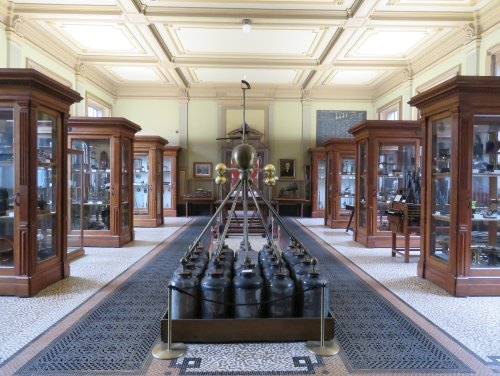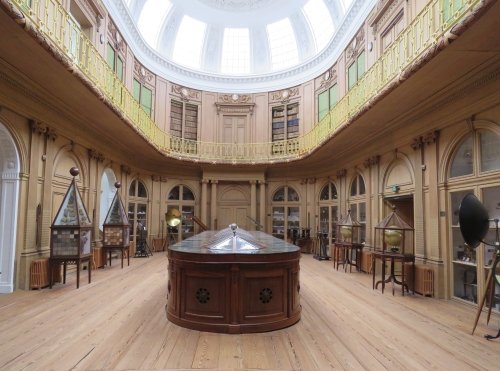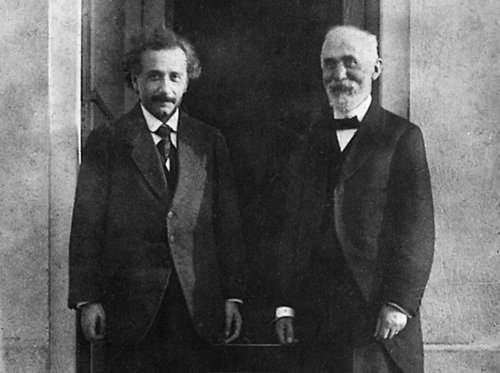Els Slots
Teylers
Teylers is an 18th century museum complex and former scientific institution in the centre of Haarlem. It has been on the Dutch Tentative List since 2011, and even already was brought up for nomination in 2013. However, ICOMOS advised a ‘Rejection’ and the nomination was subsequently withdrawn by The Netherlands before the WHC session. The nomination failed to convince of the building’s scientific purpose (next to being ‘just’ a museum) and only small part of the complex was seen as exceptional. The Dutch still have hopes for a future renomination though, especially after several extensive renovation projects will be finished.

I had visited Teylers before in 2010, but was very disappointed at the time because of its small size and presence of crowds of inexperienced museum visitors. Now, in 2018, they have finished one of their major projects: the Lorentz Lab. This shows the office and laboratory of physicist Hendrik Lorentz , winner of the Nobel Prize in 1902 and “leading spirit” in an international network of early theoretical physicists that also included Albert Einstein.
On a rainy Sunday in March I paid the quite hefty 13.5 EUR entrance fee plus 1 EUR extra for a tour of the recently opened Lorentz Laboratory. I was one of the first to enter the building and directly walked all the way to the end, to the Oval Room. This was the only part that ICOMOS deemed of exceptional value, although its value also is as much about the (moveable) exhibits as about the design of the room. It is here that scientific experiments were shown to the public. Visitors could look down upon that from a balcony (now unfortunately closed).

The room is full of cabinets stuffed with scientific instruments. What they are is written on small accompanying notes in Dutch and English, but how they were used remains a mystery to the visitor. This is a handicap of the whole museum: there is so little space in the 3 original rooms and the entrance hall that there is no room for interpretation. They’ve tried to solve this issue with the Lorentz laboratory . Access is only possible by a guided tour, a few times a day with a maximum capacity of 20 people.
The tour is conducted by 2 actors, who tell about the life of Lorentz and reenact some experiments. It’s totally in Dutch and mostly relies on the spoken word, so it’s not worth it for foreign visitors I believe. The most spectacular ‘experiment’ takes place at the end of the 50 minute tour: a copy of the large electrostatic generator (the original from 1784 is in the museum upstairs) is put to work to generate electrical sparks.

With this exhibition, Teylers is adding the promotion of scientific knowledge to the general public again to its agenda. I doubt however that this will be enough to convince the WHC of a future inscription. To me they seem to strive just a little too hard for gaining WH status, while the visitor numbers are high already at the moment (127,000 in 2017) and there is little space for growth in the 18th century complex.
More on
Els SlotsComments
No comments yet.
